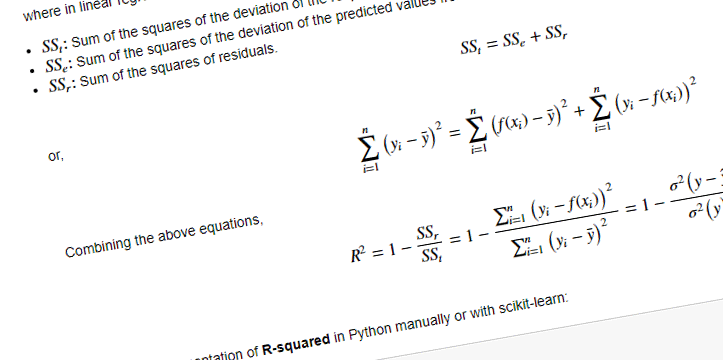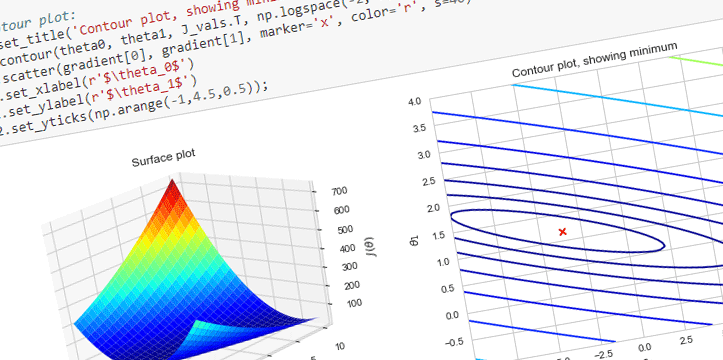Various statistical concepts are incorporated in Data Science. In this notebook I am going to cover some basic statistical terms, and talk about metrics used in Data Science for Regression tasks. This notebook can be also viewed on Github.
1. Statistical terms
Let’s look at some simple statistical terms in detail:
Mean (): Averaging. Mean is a sum of all values divided by the number of values:
Variance (): Describes the spread of a distribution. For a set of values, the variance:
Standard Deviation (): Square root of variance, is in the units of the data it represents:

